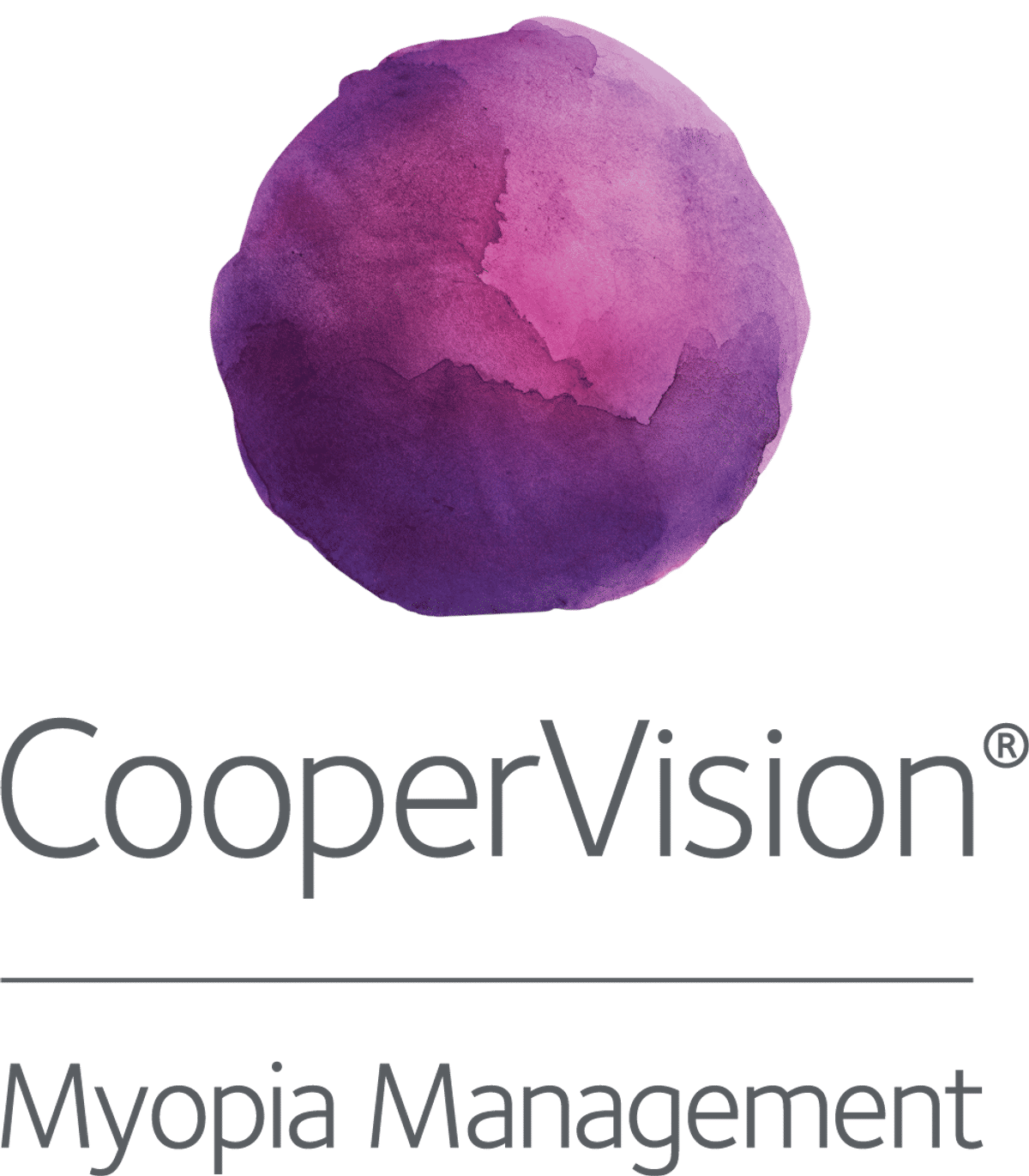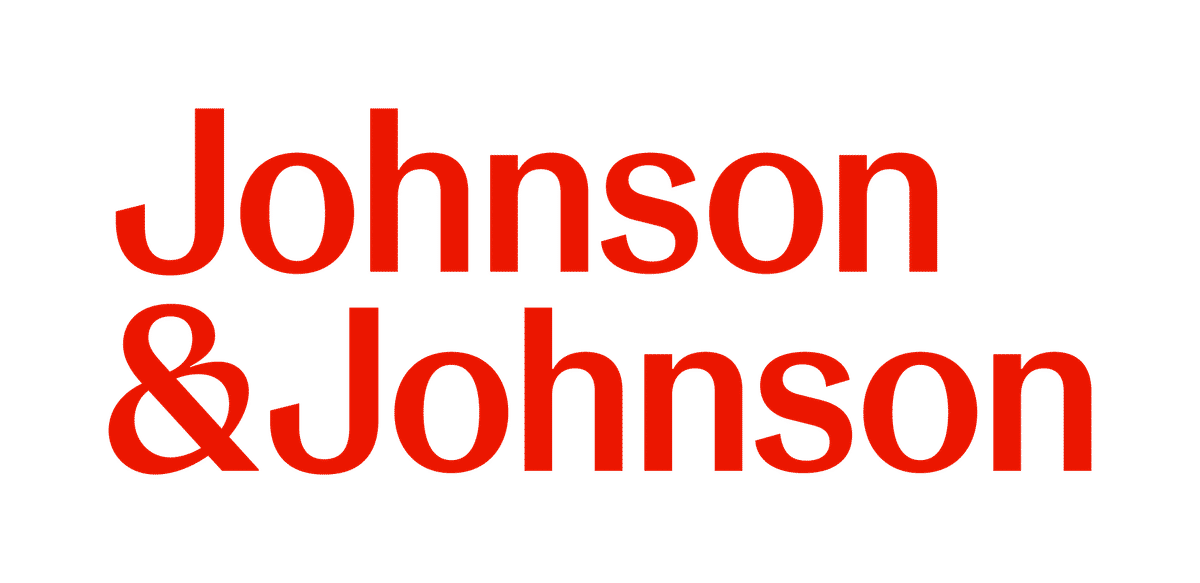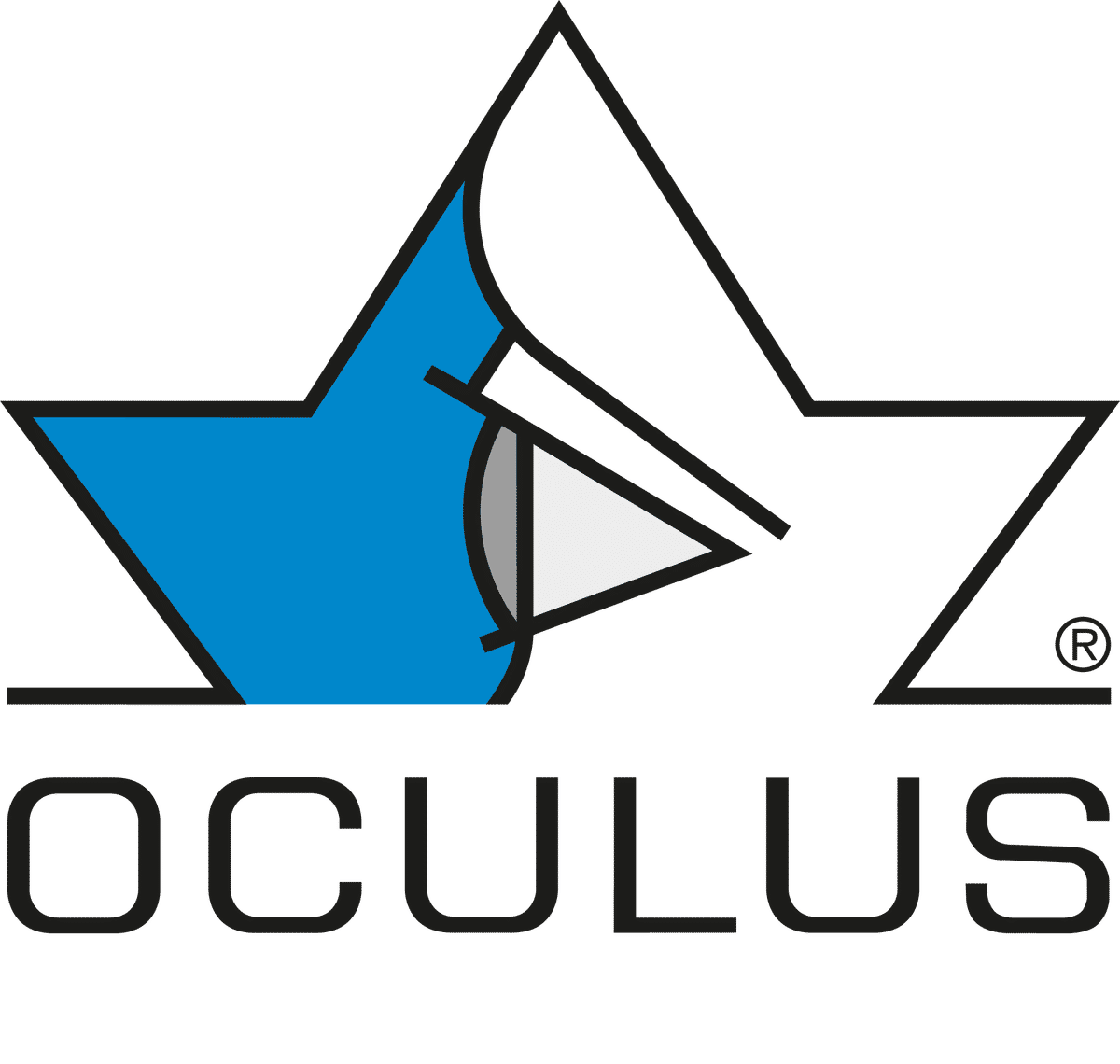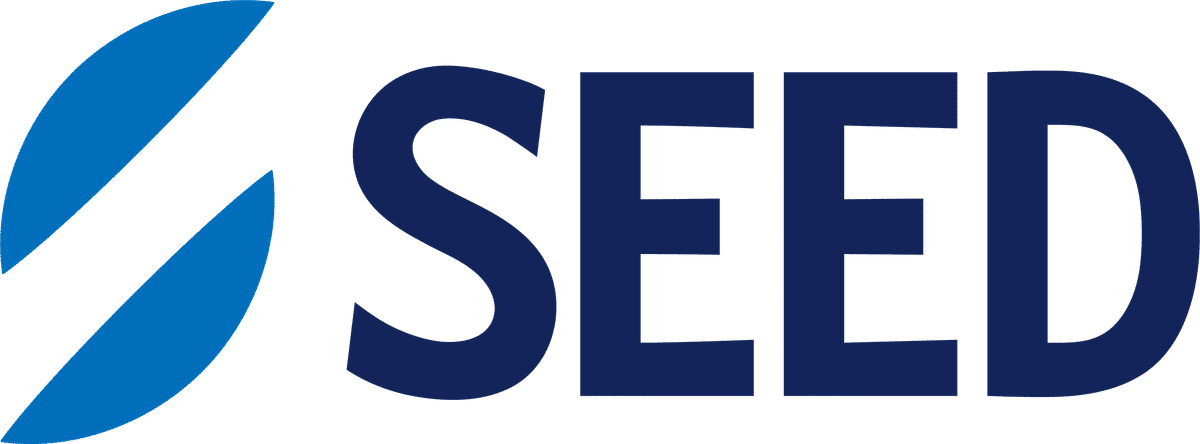Clinical
Spectacle lenses for myopia control Part 2: Back ups and dispensing
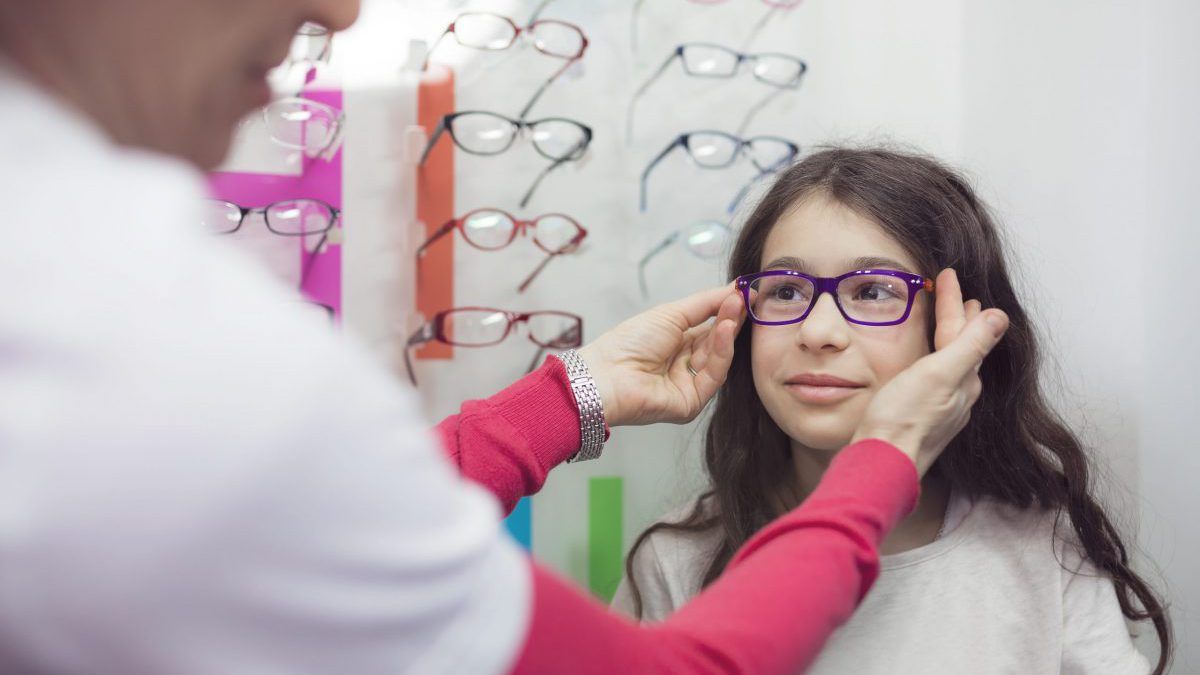
In this article:
Even if we prescribe contact lens treatments for myopia control, our young myopes are likely to need a back up spectacle lens option. Children prescribed atropine will need the best spectacle lens prescribed for them to manage the impact of any side effects. Choosing spectacle lenses designed for myopia control is important depending on the type of back up and wearing schedule planned.
Originally posted August 12, 2019
Updated July 29, 2025
Back up corrections
Children using atropine as a first line treatment should be monitored for needing an add - while research has described a minimal effect on amplitude of accommodation in lower concentrations,1,2 we are yet to understand how atropine affects more detailed measures of binocular vision. Consider also any light sensitivity from mydriasis - photochromatic lenses may be indicated.
Children wearing orthokeratology (ortho-k) may have minimal uncorrected time so may be suitable for single vision distance back up glasses, primarily to manage costs. In practice I find that these back-up spectacles are rarely used by ortho-k wearing children - only to save them taking their lenses on overnight school trips or on occasions where they may be unwell.
Children wearing myopia control soft contact lenses, by comparison, may need a myopia control spectacle lens option depending on their frequency of intended wear of both. I would take this on a case-by-case basis - these children ideally should be wearing their contact lenses full time for best outcomes, which means around 13 hours a day, 6 to 6.5 days per week.3 If they instead would like to wear both spectacles and contact lenses part-time, alternating between them (called dual-wear), then a myopia control treatment in both modalities will be ideal. Read more about dual-wear considerations in our article Should kids wear both myopia control glasses and contact lenses?
Dispensing considerations
If you are prescribing progressive addition spectacle lenses for a patient who needs a near add - for example to manage atropine side effects or for binocular vision function - lenses should be selected which have a shorter corridor, to allow the child to access the full add as soon as possible when in downgaze. The immediate accessibility of the full bifocal add in downgaze is appealing, as long as the frame doesn't slip down and render the add too low! The segment height should be set on the lower lid for maximum utility, while frame fit and adjustments are crucial.
Cosmesis and lens type availability may also factor into the prescribing decision. If you don't have an E-segment bifocal lens available, will a standard D-segment or curved top do the same job? It will in terms of binocular vision, but it's hard to say from the myopia control perspective, given what has and hasn't been studied in research. From a practical perspective, I would suggest that we should be cautious in generalising the research results of one spectacle lens design to all similar designs - the same as for multifocal contact lenses - but that any design of bifocal is better than nothing if the prescribing criteria are met as per Part 1 of this article series on progressives, bifocals and binocular vision.
The best option for your patient
New spectacle lens technology for myopia control has arrived and outclassed progressive addition and bifocal spectacle lens designs for myopia control efficacy, and function essentially like single vision lenses in terms of ease of fit and influence on binocular vision.4-6 Read more about these designs in The next generation - DIMS, H.A.L.T., DOT and CARE spectacle lenses for myopia control.
If your patient has normal binocular vision function, and you have these new myopia control lenses available, they will provide the best option for myopia correction and control. If your patient needs a near add, then these new designs will not provide it - in this case, progressive addition or bifocal spectacle lenses would be the better choice to manage binocular vision. Note, though, that they are unlikely to also be the best option for managing myopia - in these cases, atropine 0.025% or 0.05% could be added, ensuring that both binocular vision function and myopia progression are appropriately treated.
Meet the Authors:
About Kate Gifford
Dr Kate Gifford is an internationally renowned clinician-scientist optometrist and peer educator, and a Visiting Research Fellow at Queensland University of Technology, Brisbane, Australia. She holds a PhD in contact lens optics in myopia, four professional fellowships, over 100 peer reviewed and professional publications, and has presented more than 200 conference lectures. Kate is the Chair of the Clinical Management Guidelines Committee of the International Myopia Institute. In 2016 Kate co-founded Myopia Profile with Dr Paul Gifford; the world-leading educational platform on childhood myopia management. After 13 years of clinical practice ownership, Kate now works full time on Myopia Profile.
References
- Chia A, Lu QS, Tan D. Five-Year Clinical Trial on Atropine for the Treatment of Myopia 2: Myopia Control with Atropine 0.01% Eyedrops. Ophthalmology. 2016;123:391-399. (link)
- Yam JC, Jiang Y, Tang SM, Law AKP, Chan JJ, Wong E, Ko ST, Young AL, Tham CC, Chen LJ, Pang CP. Low-Concentration Atropine for Myopia Progression (LAMP) Study: A Randomized, Double-Blinded, Placebo-Controlled Trial of 0.05%, 0.025%, and 0.01% Atropine Eye Drops in Myopia Control. Ophthalmology. 2018.(link)
- Chamberlain P, Peixoto-de-Matos SC, Logan NS, Ngo C, Jones D, Young G. A 3-year Randomized Clinical Trial of MiSight Lenses for Myopia Control. Optom Vis Sci. 2019 Aug;96(8):556-567. (link)
- Lam CSY, Tang WC, Tse DY, Lee RPK, Chun RKM, Hasegawa K, Qi H, Hatanaka T, To CH. Defocus Incorporated Multiple Segments (DIMS) spectacle lenses slow myopia progression: a 2-year randomised clinical trial. Br J Ophthalmol. 2019. (link)
- Bao J, Yang A, Huang Y, Li X, Pan Y, Ding C, Lim EW, Zheng J, Spiegel DP, Drobe B, Lu F, Chen H. One-year myopia control efficacy of spectacle lenses with aspherical lenslets. Br J Ophthalmol. 2021:318367. (link)
- Rappon J, Chung C, Young G, Hunt C, Neitz J, Neitz M, Chalberg T. Control of myopia using diffusion optics spectacle lenses: 12-month results of a randomised controlled, efficacy and safety study (CYPRESS). Br J Ophthalmol. 2022 Sep 1:bjophthalmol-2021-321005. (link)
Enormous thanks to our visionary sponsors
Myopia Profile’s growth into a world leading platform has been made possible through the support of our visionary sponsors, who share our mission to improve children’s vision care worldwide. Click on their logos to learn about how these companies are innovating and developing resources with us to support you in managing your patients with myopia.

